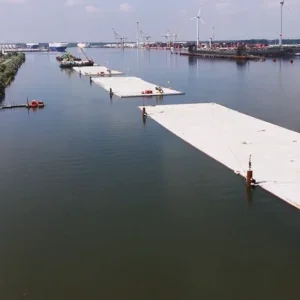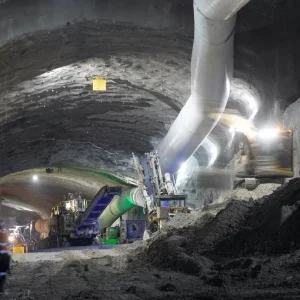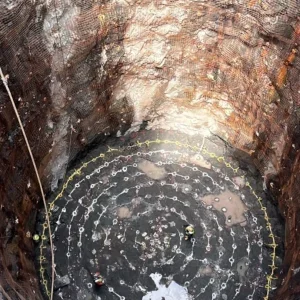The project features the construction of a total 27.7km of twin-tube tunnels, of which 20.8km will be excavated using two new hard-rock tunnel boring machines (TBMs). At 9.1m in diameter, they will be the largest TBMs to be deployed in India’s Himalayan region, with the total TBM-bored tunnel length set to be the longest for any project in the area.
The remaining 7km of tunnelling will be excavated using the New Austrian Tunnel Method (NATM). Also included is the construction of a 32m-deep elliptical ventilation shaft with a 79m2 finished cross-section. The entire project is to be completed within a stringent timeline of 60 months.
Establishing the rail link will promote regional development, allow easy access to Uttarakhand’s pilgrimage sites and connect new trade centres.
S V Desai, L&T’s Senior Executive Vice President (Civil Infrastructure) said: “The railway line traverses rugged Himalayan terrains, with the alignment oriented across, and sometimes sub-parallel to major thrust zones…with complex geological conditions.”
L&T is already constructing Package 2 of the project involving 24km of NATM tunnelling, minor bridges and formation works.







